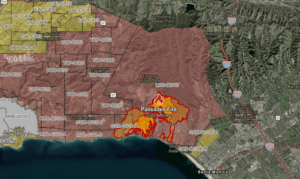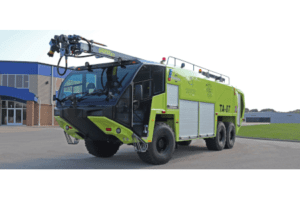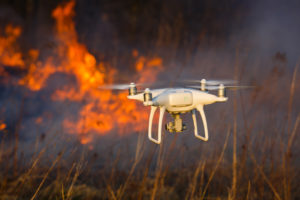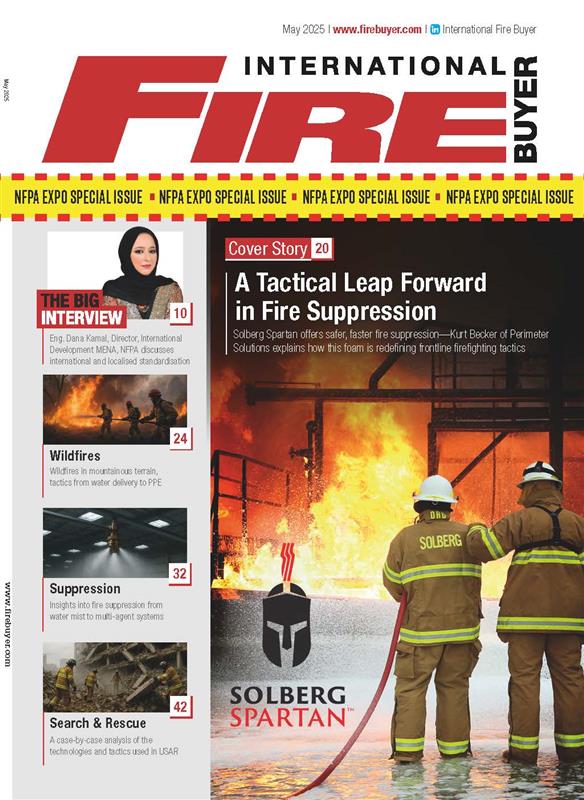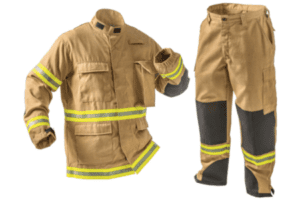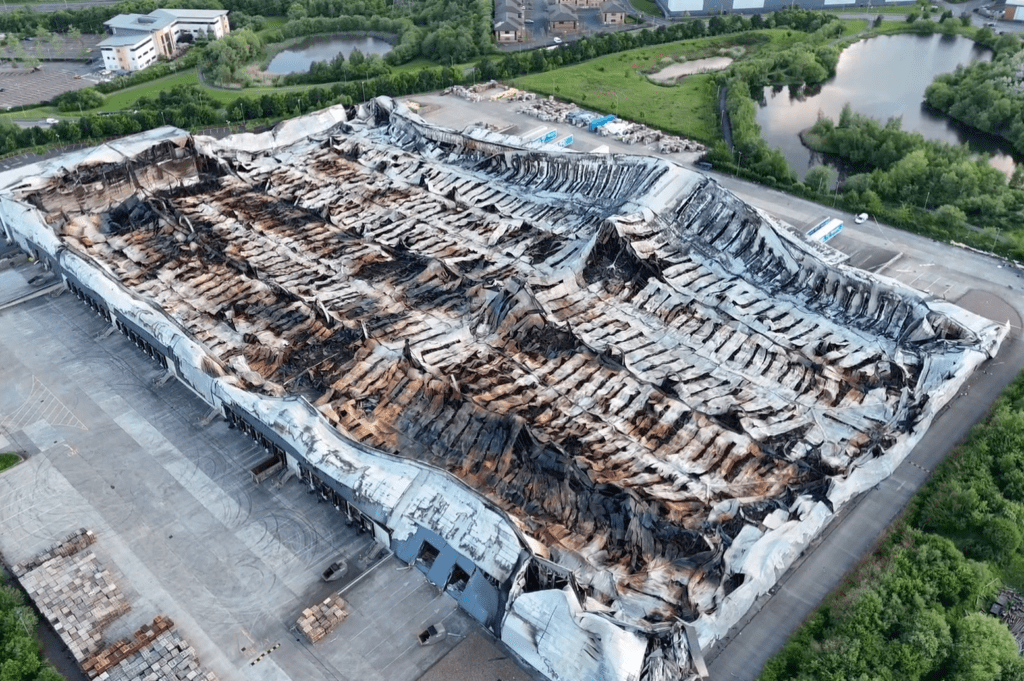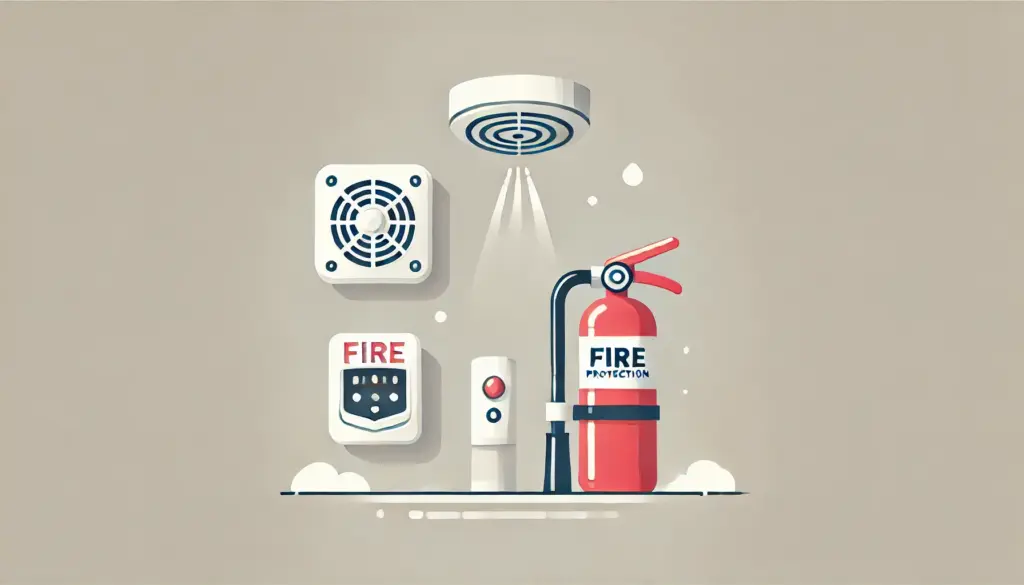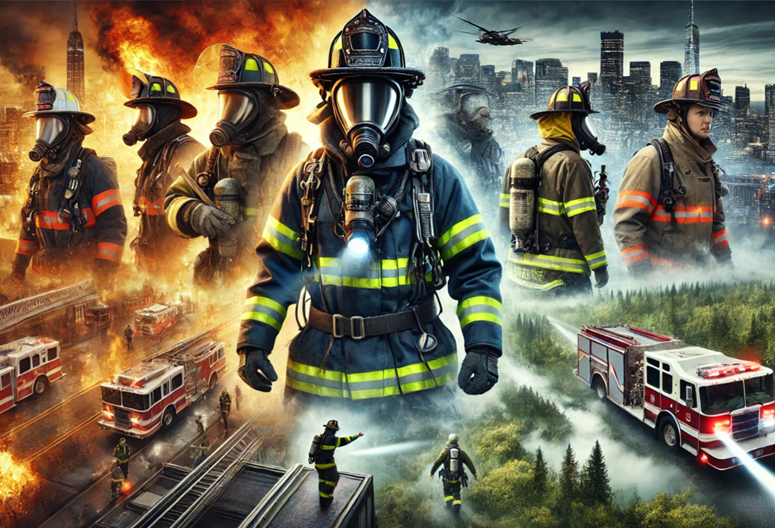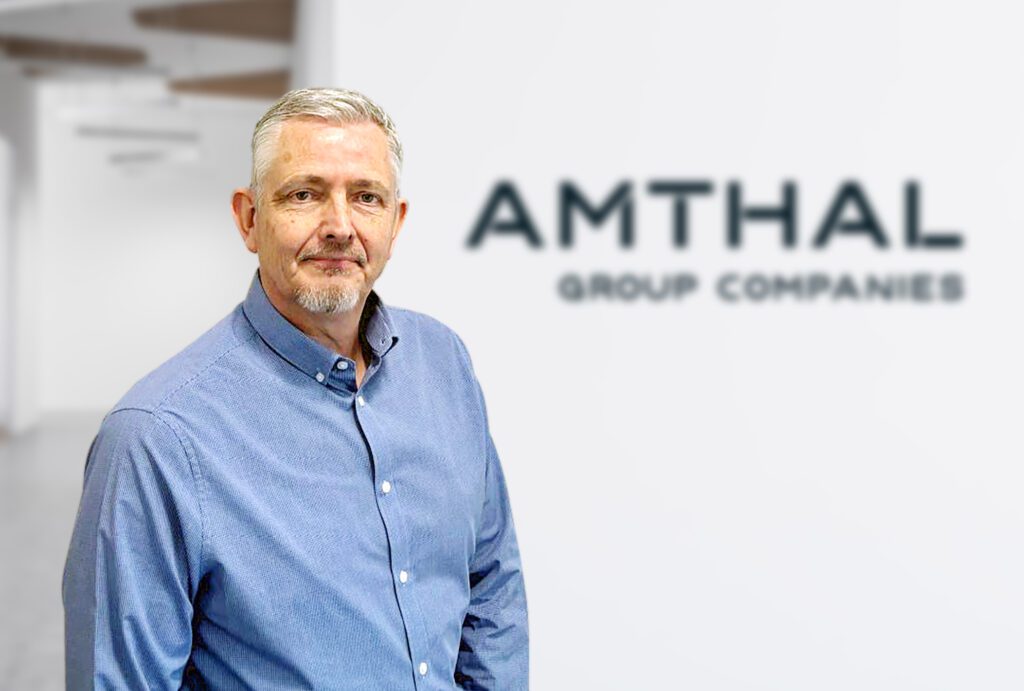Lessons in Resilience: Fire Recovery and Prevention
Tom Roche, Secretary of the Business Sprinkler Alliance takes a look at fire recovery and prevention in 2025. As we step into 2025, and reflect on fire incidents from the past year: a question springs to mind – how long does it truly take to recover and rebuild after a devastating fire? The lingering scars of fire disasters across the UK remind us of the enduring challenges involved in recovery and rebuilding. The current government’s ambitions on housing have been made very clear. A fire in August 2024 which consumed the privately owned Spectrum Building in Dagenham, a block of 60 flats highlights a threat to those ambitions. The stark, pictures which appeared at the end of 2024 showed the complete removal of the building, driven by safety concerns. Demolition began within months of the fire and is expected to be completed by the end of the January, but the human cost remains steep. Around 100 displaced and traumatised residents not only lost their homes but continue to pay leasehold charges for a building now reduced to rubble. Thankfully, no lives were lost in the incident, but the broader consequences linger for those affected. There are no disclosed plans for the rebuild of this property and anyone with knowledge of the sector will place that somewhere in 2027 at the earliest. One of the largest fires in Europe was a fire involving a Cannock Warehouse in May. Fast forward to the end of the year and the rusting remains of the 33,000m² logistics facility served as a solemn reminder of the devastation. More than seven months later, the site is slowly being cleared. No formal plans have been made for the land’s reuse, although consultants have made an application as to whether an additional Environmental Impact Assessment is necessary. Reflecting on this brings to mind another devastating fire, one that razed the Gardman garden supplies distribution centre in Daventry in March 2018. The unsprinklered, newly opened facility was completely destroyed, leaving a site that took years and over £30 million to clear, plan, and rebuild. The company never recovered. Today, the location finally has a new building erected upon it with a new tenant, Hankook Tyre UK, who took residence in late 2024. The scale of time and investment required to return this site to use illustrates a truth many are surprised to learn: the aftermath of a fire is not simply a matter of extinguishing flames but an enduring process of recovery and rebuilding. To illustrate how fire impacts extend across our built environment and go beyond just industrial sheds or buildings that are completely destroyed, consider an event from December. A fire at St Michael’s Primary School in Stoke Gifford required 40 firefighters to quell the blaze. The fire did not level the school but instead destroyed a small number of classrooms. The ongoing challenge now for the staff and children is the timeline for repair which is optimistically estimated at six months. Effectively running the rest of the academic year, the school must continue educating children while juggling limited space on site. All of this must be managed whilst having an active building site in their midst. Gap in resilience The fate of these buildings destroyed by fires highlights a troubling gap in resilience. The vast warehouses and distribution centres destroyed by fire, often requiring significant resources from regional fire services to subdue the flames, frequently sit for months or years as rusting hulks. The Dagenham fire adds to a list of residential building fires that thankfully have not resulted in injuries but have seen the structure damaged to the point where it cannot be occupied. This displaces scores of people, often due to an event that, in many cases, could have been foreseen – a fire. A school that is damaged by fire leaves a legacy of impact on teachers and the education of our children. I have long commented that people are quick to point out the compliance of the regulations and its guidance following such events. However, the response has to be to question whether this is a success? Or does it point to a lack of resilience that we can no longer afford to ignore? The time it takes to rebuild, reuse and rehouse following such event highlights that resilience must be brought into building design and safety considerations, particularly in an era marked by climate change and evolving urban landscapes. The lessons from Grenfell are being focused on high-rise residential buildings, but extend far beyond that sector. They demand a fundamental reassessment of our approach to building safety across all types of structures. Are we truly designing and regulating buildings to withstand and recover from disasters, or are we merely meeting the minimum requirements, hoping that our response will suffice? Three devastating fires – from Cannock to Gardman to Dagenham – all tell stories of fire’s far-reaching consequences. They do not last long in our memories as there were no fatalities and the news moves on. However, they leave behind a lasting legacy of time in rebuilding, reorganising and for some their lives on hold. For this reason it also underscores the importance of proactive measures to prevent such disasters and to mitigate their consequences when they do occur. As we look ahead, we at the Business Sprinkler Alliance (BSA) continue to advocate for the widespread adoption of sprinklers in warehouses and similar industrial units, knowing there has never been a better time to commit to building a safer and more resilient built environment – one where the harsh lessons of the past inform the designs of the future. To read more news and articles see our latest issue here. Never miss a story… Follow us on: LinkedIn: International Fire Buyer Twitter (X): @Firebuyer YouTube: @FireBuyerTV Media Contact Rebecca Spayne Managing Editor, International Fire Buyer Tel: +44 (0) 1622 823 920 Email: [email protected]
Lessons in Resilience: Fire Recovery and Prevention Read More »








